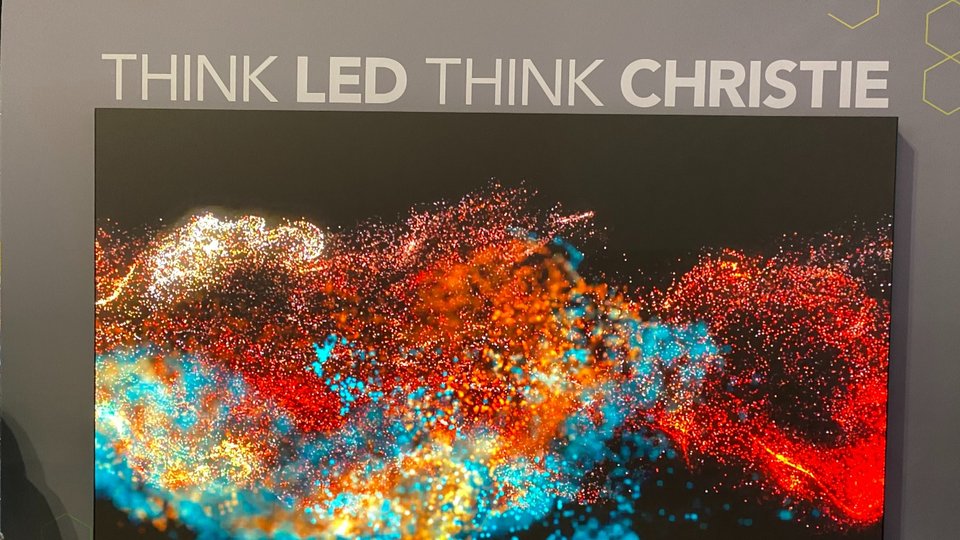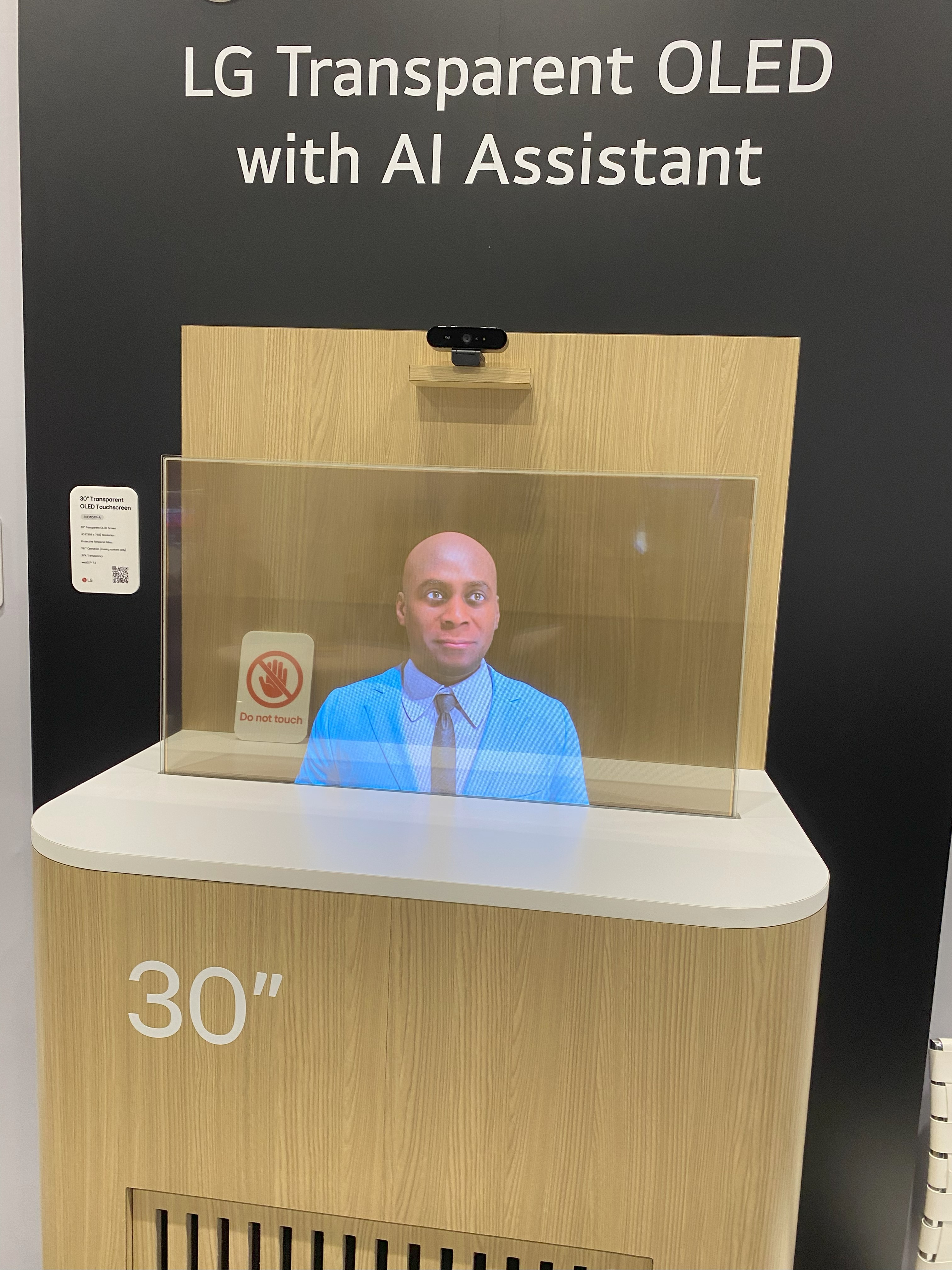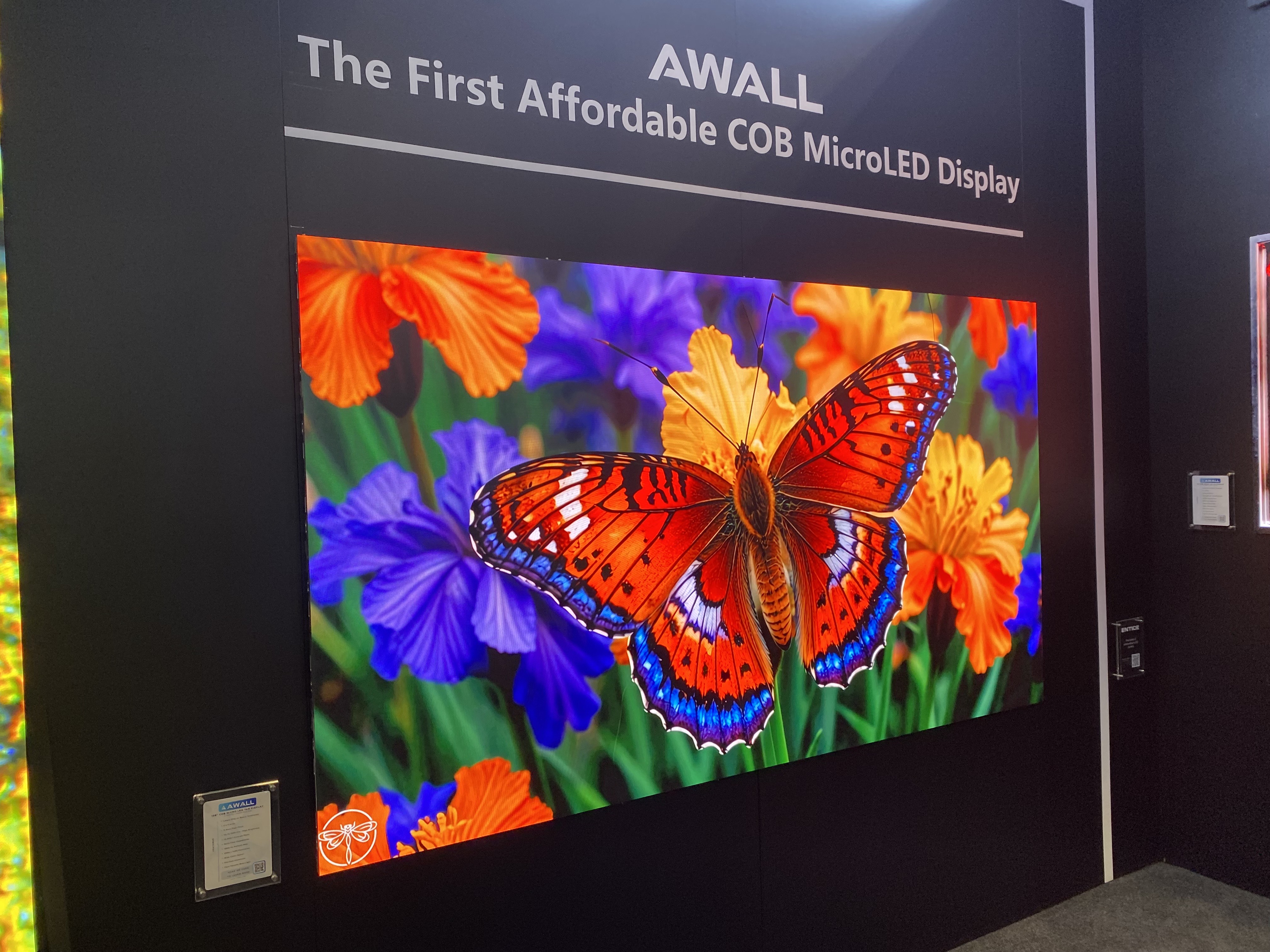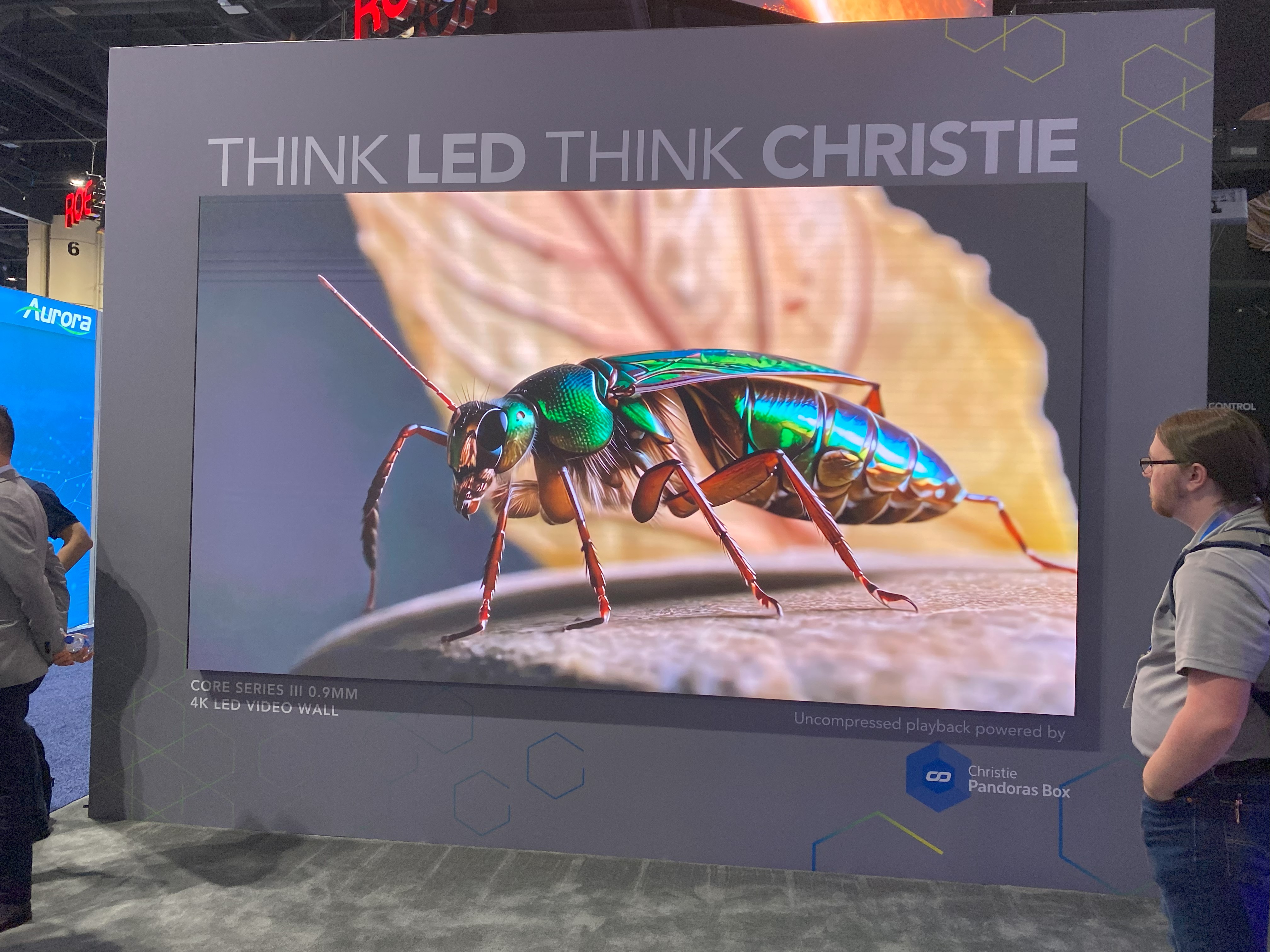InfoComm
3 takeways from InfoComm
The digital signage industry continues to grow more complex and yet simple at the same time. Here are the highlights from this year's InfoComm event.

June 24, 2025 by Bradley Cooper — Editor, ATM Marketplace & Food Truck Operator
It's easy to get overwhelmed when walking into the annual industry event InfoComm, held in Orlando, Florida this year from June 7 to 13.
From the vast showroom floor to the flashing lights from endless displays, it's difficult to discern trends from the hype.
However, there were some key highlights that emerged across the many products and solutions on display for the digital signage and AV industry.
Here are three takeways from the event.
AI is shaking up the industry
 |
| Photo: LG |
It's no surprise AI is a big deal in every industry and that includes digital signage. Many company booths utilized AI generated images as content for displays, ranging from highly stylized images to recreations of classic pieces of art.
AI-generated assistants were also on display, including Sony's booth, which showcased a proof of concept of an assistant who can interact with visitors.
Vendors also displayed solutions that can make AI-generated content just for displays. Korbyt, for example, showcased 5C-AI. With this tool, vendors enter in a prompt to generate an image and text for a display. From there, they can adjust the image and text as needed to make it work.
AI is also a key tool on the backend to analyze the impact of display content. Sony had its AITros Edge AI Vision Platform which utilizes sensors, and an IMX500 intelligent vision sensor to analyze customer gaze time, interactivity and demographic data points such as age and gender.
On the conference room side, AI is also making a big impact. Aurora's SmartSpeak solution utilizes AI for example to detect words vs. other sounds so it only switches to a speaker when they are actually using words, according to Chris Urmson, CEO and chairman.
Displays becoming more complex yet simpler
 |
| Photo: AWALL |
The pixel pitch wars remain a cornerstone of the digital signage industry, and that is certainly the case this year.
Planar had on display ultra fine pitch video walls such as its DirectLight Ultra MicroLED video wall, which comes in pixel pitches as low as 0.5 millimeters.
The complexity didn't stop with just low pixel pitches, there were also foldable displays like Philip's 135-inch Unite LED 6000 Series, which can be "folded" to fit into any space.
While there certainly were many expensive and complex displays, digital signage is also becoming increasingly more affordable and simpler to use.
At Videri's booth, Sonya Verheyden, VP of marketing, discussed how Videri's displays are meant to be easy to use for restaurants and bars. She said the LCD displays only have one cord, a single plug and all content is controlled remotely via the company's CMS.
Distributors are also working to make digital signage simpler to deploy, such as Almo Pro AV. Coery Allen, VP of services at Exertis Almo, spoke about the Autora Digital Signage Management Tool as an example of a CMS that aims to "close the gap" for any company looking to get a display set up.
In other words, when a company purchases a display from Almo, they won't have to go shopping for a different CMS.
On the LED side, companies are also working to produce cheaper displays without sacrificing quality.
Kevin Kang, VP of B2B division at AWALL, said AWALL's MicroLED display has a cheaper price point than others due to the company's existing partnership with a manufacturer of semiconductor wafers which gives them a "price advantage." He said this comes down to a mindset of trying to sell more at a lower margin. "We want to bring it to the mainstream, the 30%, not the 1%," Kang said.
This also applies to repairs as well. Michael Bernhardt, director of product management at Christie Digital Systems, said Christie's MicroTiles module boards can be mounted in any order for an LED video wall. This makes it simpler to replace in case one module board has a malfunction, and the video wall can stay operational.
 |
| Photo: Networld Media Group, Christie. |
Power consumption top of mind
Power consumption remains top of mind for many distributors, both as a way to save power costs and to run a more efficient, green business.
Despite the boom in LED, LCD displays remain relevant for example due to their lower power consumption.
This includes not just regular LCD displays but also smaller e-paper displays, which are built to replace paper signs with a low power display.
LED displays are also finding ways to save on power. Ledman showcased pixel sharing software to allow the pixels to share greens. This in turn helps the display to maintain a high picture quality while maintaining a lower power consumption.
Philips's Unite LED display has an ultra low power standby mode as a way to conserve power as well when not in use.
Bottom line
While digital signage vendors will continue to craft innovative displays and content tools, they will only succeed in as much as they delight the customer.
Francesco Ziliani, CEO of SpinetiX, said the goal is to "make the customer feel special."
This can take many forms such as custom content informed by AI, dazzling displays or other features, but the goal must remain the same.
About Bradley Cooper
Included In This Story
Planar
When Image Experience Matters
Planar is a global leader in display and digital signage display technology, providing premier solutions for the world's most demanding digital signage environments.



